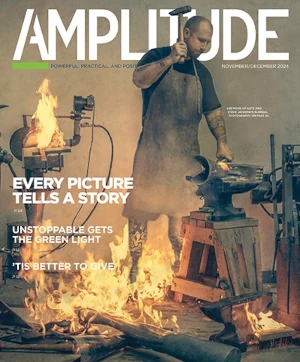In an attempt to develop affordable socket fabrication techniques that require little or no prosthetic skill for people living with lower-limb loss in developing countries, a study was conducted using a water-pressure casting technique (PCAST) to fabricate and fit transtibial prosthetic sockets.
In the study, highlighted during the International Conference on the Development of Biomedical Engineering in Vietnam, and published online September 24, 53 adults with unilateral transtibial amputations were recruited from the Vietnamese Training Centre for Orthopaedic Technologists (VIETCOT) (Hanoi). VIETCOT staff with International Society for Prosthetics and Orthotics category II qualifications fabricated and fitted the prostheses.
To begin, a cotton sock was placed over the patient’s residual limb followed by a plaster wrap. Each patient stood with the intact limb on a body weight scale and placed the residual limb into a plastic bag-type diaphragm housed in a water-filled cylindrical tank until able to stand normally with half of his or her body weight supported. Once the plaster wrap hardened, a positive plaster model was made and a socket fabricated with a distal Pelite cap. A polypropylene socket was then molded and attached to prosthetic components designed by the International Committee of the Red Cross and a rubber foot. The same technician fabricated, fitted, and aligned the prosthesis.
Once the patient felt comfortable with the fit, the following tasks were completed: Timed Up and Go (TUG), six-minute walk (6MWT), and walking (GAITRite mat). Patients also completed a Satisfaction with Prosthesis (SAT-PRO) questionnaire. The tasks were also completed after an extended usage period, roughly 146 days.
Results of the study showed that 31 of the 53 patients were successfully fitted; 14 fittings failed and eight patients failed to return, withdrew, or became deceased. Responses to the questionnaire showed high levels of satisfaction, 81 percent on both test occasions. The 6MWT increased by 28 meters after the usage period. TUG, SATPRO, and gait measures remained unchanged. No differences were found in a subanalysis that compared PCAST performance to each participant’s original socket and prosthesis.



